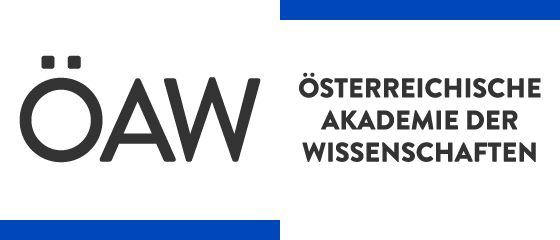A Grammar of Teiwa / / Marian Klamer.
Teiwa is a non-Austronesian ('Papuan') language spoken on the island of Pantar, in eastern Indonesia, located just north of Timor island. It has approx. 4,000 speakers and is highly endangered. While the non-Austronesian languages of the Alor-Pantar archipelago are clearly related to each...
Saved in:
| Superior document: | Title is part of eBook package: De Gruyter DGBA Backlist Complete English Language 2000-2014 PART1 |
|---|---|
| VerfasserIn: | |
| Place / Publishing House: | Berlin ;, Boston : : De Gruyter Mouton, , [2010] ©2010 |
| Year of Publication: | 2010 |
| Language: | English |
| Series: | Mouton Grammar Library [MGL] ,
49 |
| Online Access: | |
| Physical Description: | 1 online resource (540 p.) |
| Tags: |
Add Tag
No Tags, Be the first to tag this record!
|
| Other title: | Frontmatter -- Table of contents -- Abbreviations -- Chapter 1. Introduction -- Chapter 2. Phonology -- Chapter 3. Word classes -- Chapter 4. Grammatical relations -- Chapter 5. The Noun Phrase -- Chapter 6. Non-verbal clauses -- Chapter 7. Verbal clauses: The marking of Reality status, Modality and Aspect -- Chapter 8. Negative, interrogative, and imperative clauses -- Chapter 9. Serial verb constructions -- Chapter 10. Clause combinations -- Chapter 11. Information structure -- Appendix I. Texts -- Appendix II. Word lists -- Backmatter |
|---|---|
| Summary: | Teiwa is a non-Austronesian ('Papuan') language spoken on the island of Pantar, in eastern Indonesia, located just north of Timor island. It has approx. 4,000 speakers and is highly endangered. While the non-Austronesian languages of the Alor-Pantar archipelago are clearly related to each other, as indicated by the many apparent cognates and the very similar pronominal paradigms found across the group, their genetic relationship to other Papuan languages remains controversial. Located some 1,000 km from their putative Papuan neighbors on the New Guinea mainland, the Alor-Pantar languages are the most distant westerly Papuan outliers. A grammar of Teiwa presents a grammatical description of one of these 'outlier' languages. The book is structured as a reference grammar: after a general introduction on the language, it speakers and the linguistic situation on Alor and Pantar, the grammar builds up from a description of the language's phonology and word classes to its larger grammatical constituents and their mutual relations: nominal phrases, serial verb constructions, clauses, clause combinations, and information structure. While many Papuan languages are morphologically complex, Teiwa is almost analytic: it has only one paradigm of object marking prefixes, and one verbal suffix marking realis status. Other typologically interesting features of the language include: (i) the presence of uvular fricatives and stops, which is atypical for languages of eastern Indonesia; (ii) the absence of trivalent verbs: transitive verbs select a single (animate or inanimate) object, while the additional participant is expressed with a separate predicate; and (iii) the absence of morpho-syntactically encoded embedded clauses. A grammar of Teiwa is based on primary field data, collected by the author in 2003-2007. A selection of glossed and translated Teiwa texts of various genres and word lists (Teiwa-English / English-Teiwa) are included. |
| Format: | Mode of access: Internet via World Wide Web. |
| ISBN: | 9783110226072 9783110238570 9783110238457 9783110636970 9783110742961 9783110233544 9783110233551 9783110233568 9783110233605 |
| ISSN: | 0933-7636 ; |
| DOI: | 10.1515/9783110226072 |
| Access: | restricted access |
| Hierarchical level: | Monograph |
| Statement of Responsibility: | Marian Klamer. |
